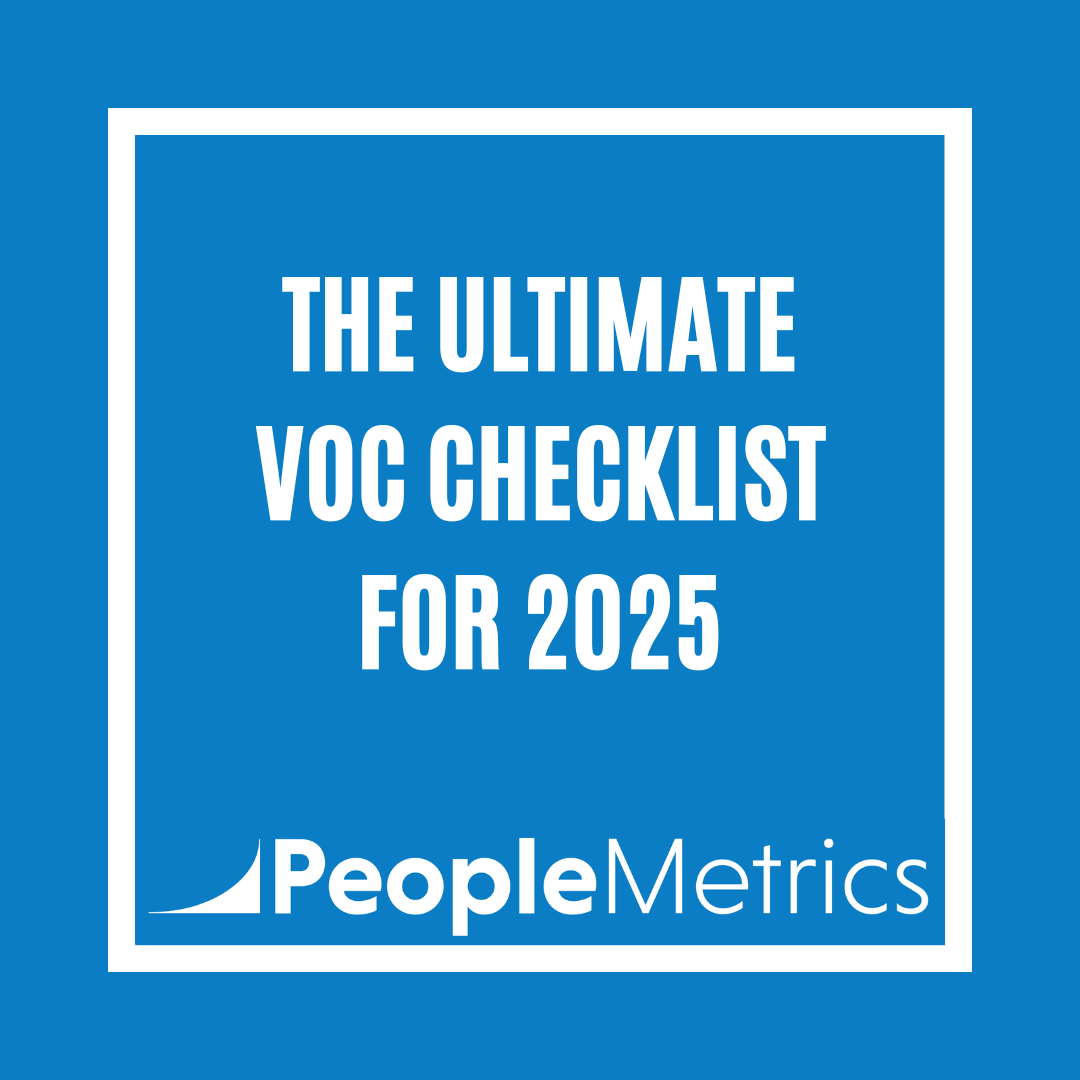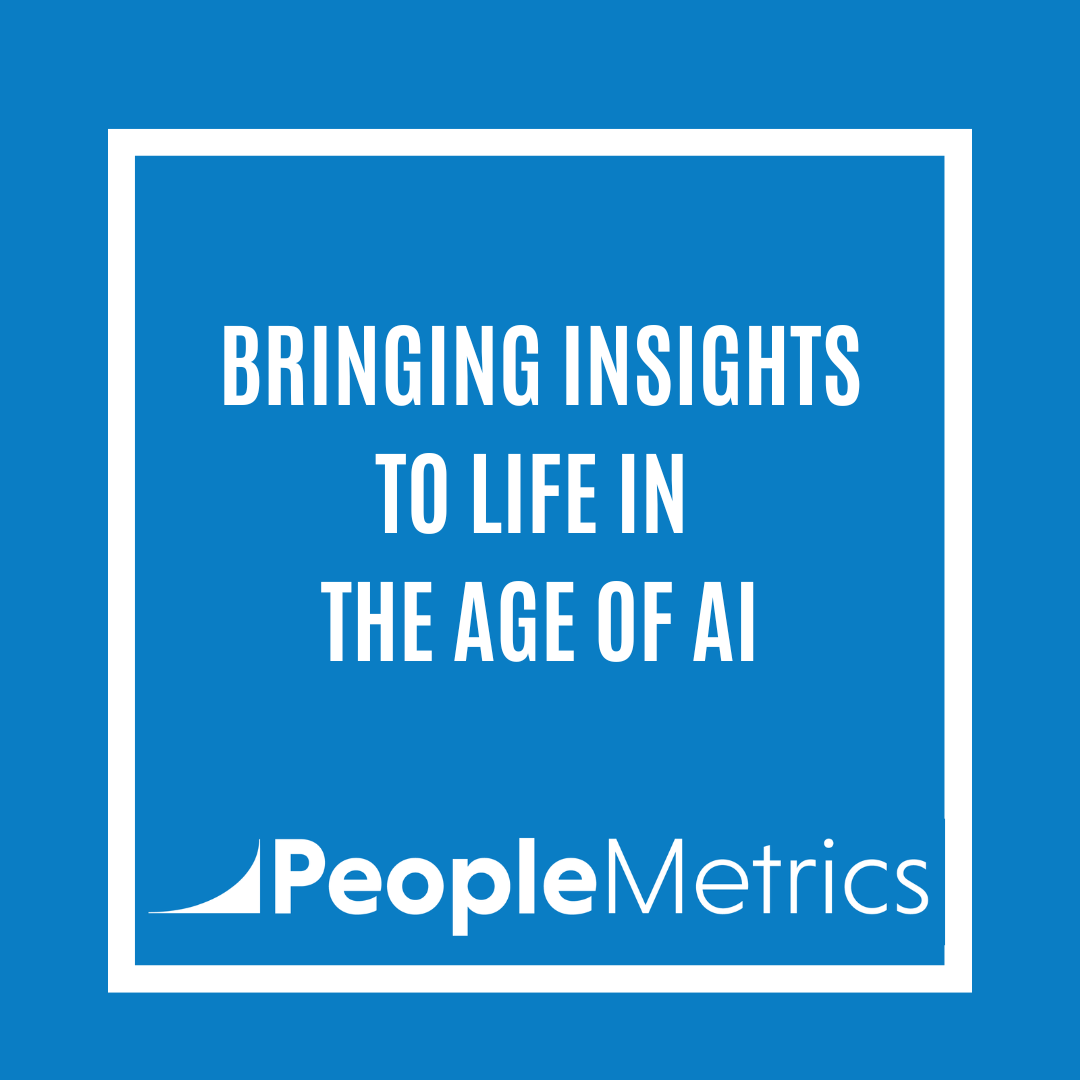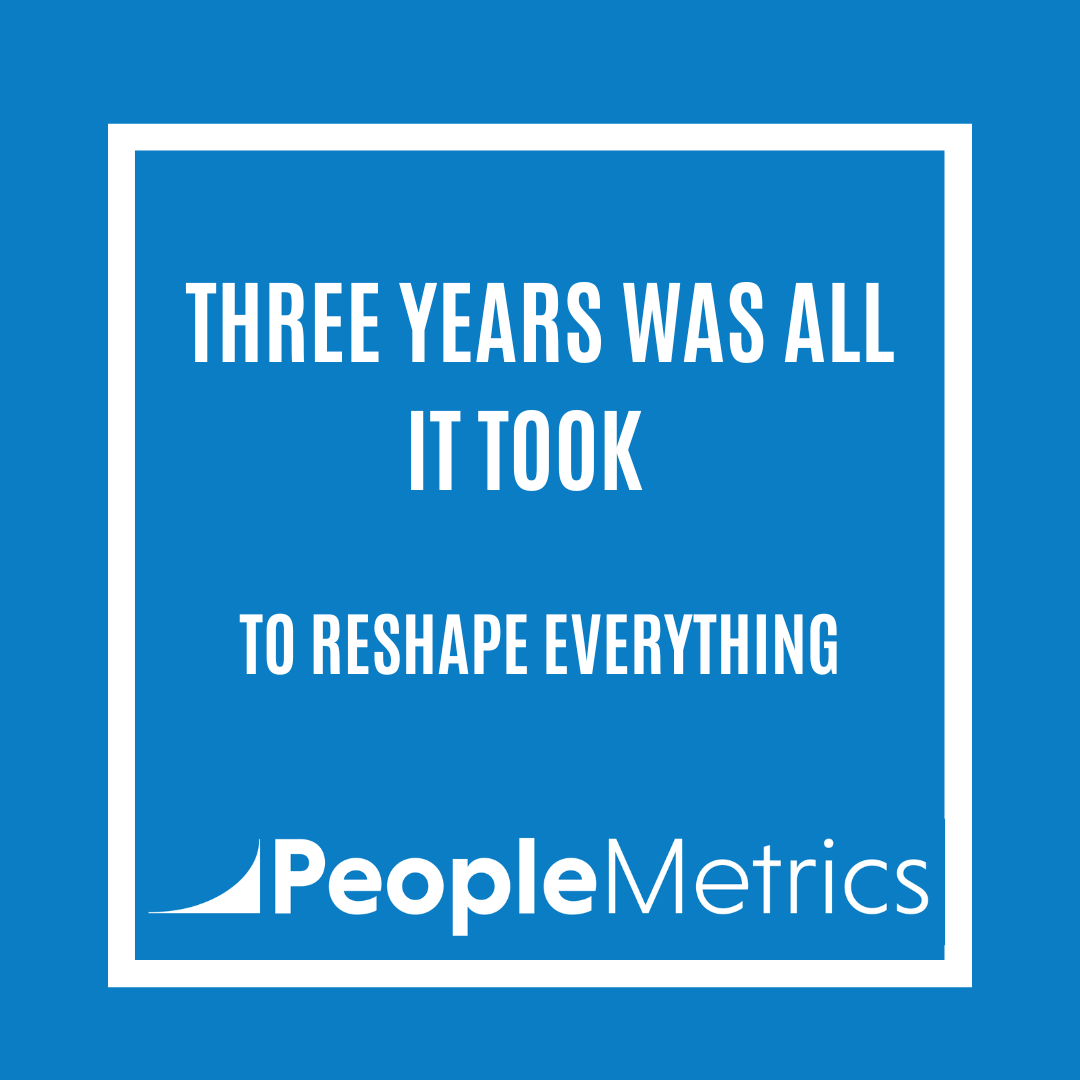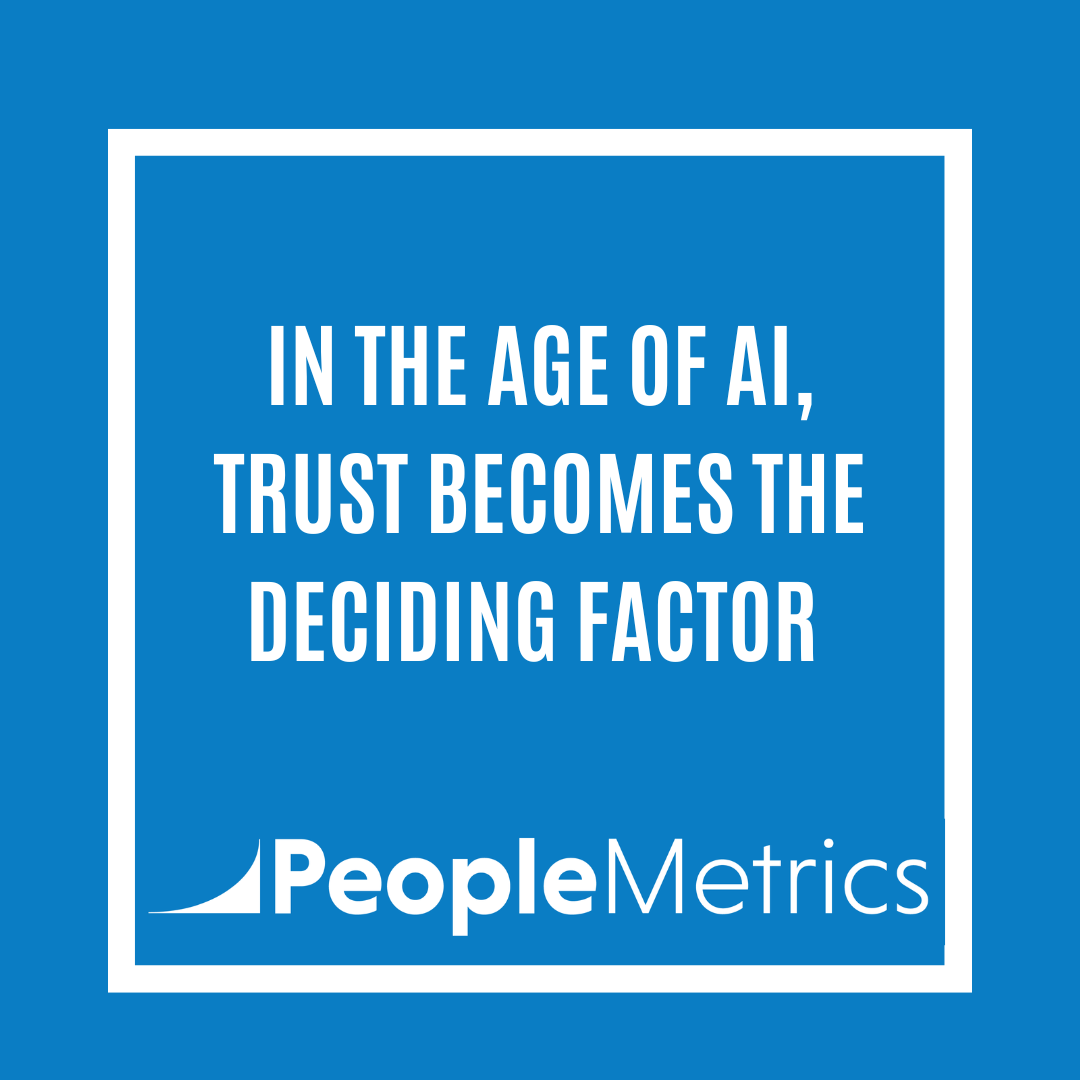Over the past three months, I’ve written 41 blog posts — each revisiting a lesson from my book Listen or Die (along with the conclusion)— through the lens of what’s changed (and what hasn’t) in the age of AI.
What emerged is a modern roadmap for any company looking to build or evolve their Voice of Customer (VoC) program today.
This is the ultimate checklist based on that work — combining timeless VoC fundamentals with the incredible new possibilities AI brings to the table.
The Ultimate VoC Checklist for 2025 (In the Age of AI)
✅ Get executive buy-in. Still step one. No AI tool will save a program without leadership support.
✅ Know where you are on your VoC journey. Are you building from scratch? Or evolving a mature program?
✅ Work with a VoC partner who gets AI. It’s not just about software anymore — you need expertise in CX and AI.
✅ Start with clean, structured surveys. NPS, CSAT, key drivers — these are still essential for measurement and benchmarking.
✅ Use AI to deepen open-ended feedback. The game-changer right now is conversational AI follow-ups to customer comments.
✅ Don’t overcomplicate surveys. AI isn’t about making every survey a choose-your-own-adventure. Keep what works.
✅ Map your customer touchpoints — especially your Moments of Truth. These are still gold for VoC design!
✅ Get your customer list right. Automate it. This remains the #1 operational bottleneck in VoC.
✅ Close the loop on alerts — fast. Mobile-friendly alert management is table stakes now.
✅ Layer in root cause analysis (RCA). And yes — AI can help here too, by tagging and analyzing themes.
✅ Combine customer and employee feedback. Use the wisdom of the crowd (employees) to solve systemic CX issues.
✅ Use machine learning to surface insights operators care about. AI should help people know: "What happened? Why? And what should I do next?"
✅ Integrate VoC data with your CRM. Especially in B2B. Feedback should live where your people work.
✅ Consider in-moment feedback. If you can ask while the experience is happening — do it.
✅ Reward and recognize employees based on VoC feedback. AI can help identify unsung heroes faster.
✅ Tie VoC results to compensation — carefully. Benchmark first. Design thoughtfully.
✅ Use mobile — but primarily for alerts and quick actions. Leave heavy analysis to desktop.
✅ Experiment with conversational surveys. But right now — the best use of AI is enhancing open-ended feedback, not breaking your survey structure.
✅ Focus on systemic change. AI will help surface patterns. Your job is still to fix the root cause.
✅ Never lose sight of the big picture: Listen to customers → Act on feedback → Improve experiences → Drive business results.
Your Turn
Are you building your VoC program for the AI-powered world we now live in?
What’s working for you? Where are you experimenting? Where are you stuck?
I’d love to hear from you.





